Nissrine Akkari
A priori compression of convolutional neural networks for wave simulators
Apr 12, 2023Abstract:Convolutional neural networks are now seeing widespread use in a variety of fields, including image classification, facial and object recognition, medical imaging analysis, and many more. In addition, there are applications such as physics-informed simulators in which accurate forecasts in real time with a minimal lag are required. The present neural network designs include millions of parameters, which makes it difficult to install such complex models on devices that have limited memory. Compression techniques might be able to resolve these issues by decreasing the size of CNN models that are created by reducing the number of parameters that contribute to the complexity of the models. We propose a compressed tensor format of convolutional layer, a priori, before the training of the neural network. 3-way kernels or 2-way kernels in convolutional layers are replaced by one-way fiters. The overfitting phenomena will be reduced also. The time needed to make predictions or time required for training using the original Convolutional Neural Networks model would be cut significantly if there were fewer parameters to deal with. In this paper we present a method of a priori compressing convolutional neural networks for finite element (FE) predictions of physical data. Afterwards we validate our a priori compressed models on physical data from a FE model solving a 2D wave equation. We show that the proposed convolutinal compression technique achieves equivalent performance as classical convolutional layers with fewer trainable parameters and lower memory footprint.
Uncertainty quantification in a mechanical submodel driven by a Wasserstein-GAN
Oct 26, 2021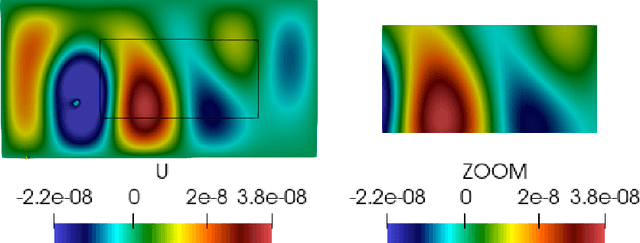


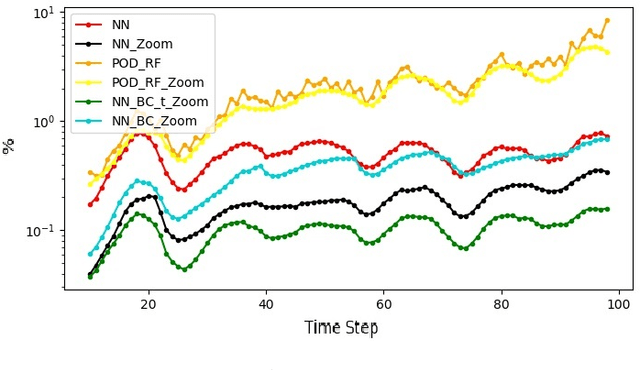
Abstract:The analysis of parametric and non-parametric uncertainties of very large dynamical systems requires the construction of a stochastic model of said system. Linear approaches relying on random matrix theory and principal componant analysis can be used when systems undergo low-frequency vibrations. In the case of fast dynamics and wave propagation, we investigate a random generator of boundary conditions for fast submodels by using machine learning. We show that the use of non-linear techniques in machine learning and data-driven methods is highly relevant. Physics-informed neural networks is a possible choice for a data-driven method to replace linear modal analysis. An architecture that support a random component is necessary for the construction of the stochastic model of the physical system for non-parametric uncertainties, since the goal is to learn the underlying probabilistic distribution of uncertainty in the data. Generative Adversarial Networks (GANs) are suited for such applications, where the Wasserstein-GAN with gradient penalty variant offers improved convergence results for our problem. The objective of our approach is to train a GAN on data from a finite element method code (Fenics) so as to extract stochastic boundary conditions for faster finite element predictions on a submodel. The submodel and the training data have both the same geometrical support. It is a zone of interest for uncertainty quantification and relevant to engineering purposes. In the exploitation phase, the framework can be viewed as a randomized and parametrized simulation generator on the submodel, which can be used as a Monte Carlo estimator.
Uncertainty quantification for industrial design using dictionaries of reduced order models
Aug 09, 2021



Abstract:We consider the dictionary-based ROM-net (Reduced Order Model) framework [T. Daniel, F. Casenave, N. Akkari, D. Ryckelynck, Model order reduction assisted by deep neural networks (ROM-net), Advanced modeling and Simulation in Engineering Sciences 7 (16), 2020] and summarize the underlying methodologies and their recent improvements. The main contribution of this work is the application of the complete workflow to a real-life industrial model of an elastoviscoplastic high-pressure turbine blade subjected to thermal, centrifugal and pressure loadings, for the quantification of the uncertainty on dual quantities (such as the accumulated plastic strain and the stress tensor), generated by the uncertainty on the temperature loading field. The dictionary-based ROM-net computes predictions of dual quantities of interest for 1008 Monte Carlo draws of the temperature loading field in 2 hours and 48 minutes, which corresponds to a speedup greater than 600 with respect to a reference parallel solver using domain decomposition, with a relative error in the order of 2%. Another contribution of this work consists in the derivation of a meta-model to reconstruct the dual quantities of interest over the complete mesh from their values on the reduced integration points.
Data augmentation and feature selection for automatic model recommendation in computational physics
Jan 12, 2021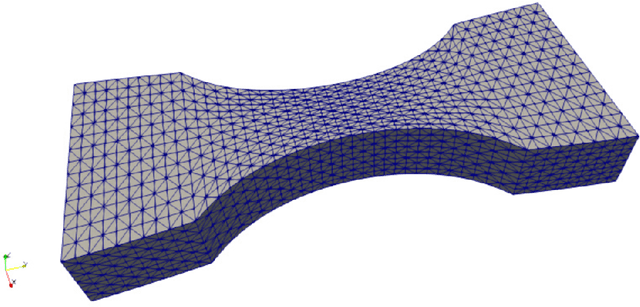

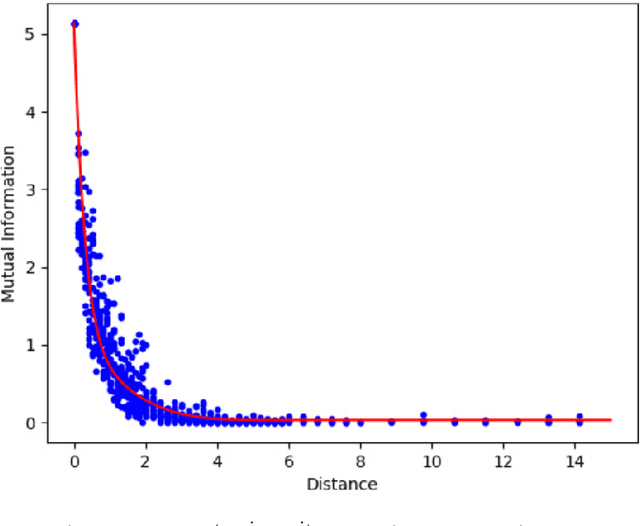
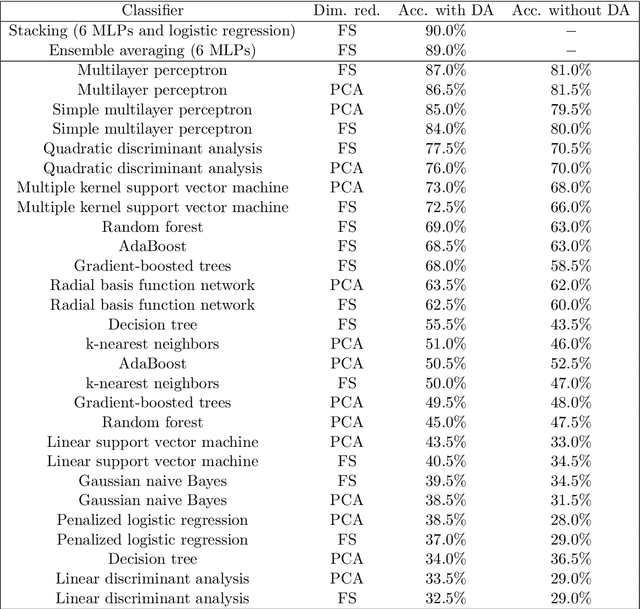
Abstract:Classification algorithms have recently found applications in computational physics for the selection of numerical methods or models adapted to the environment and the state of the physical system. For such classification tasks, labeled training data come from numerical simulations and generally correspond to physical fields discretized on a mesh. Three challenging difficulties arise: the lack of training data, their high dimensionality, and the non-applicability of common data augmentation techniques to physics data. This article introduces two algorithms to address these issues, one for dimensionality reduction via feature selection, and one for data augmentation. These algorithms are combined with a wide variety of classifiers for their evaluation. When combined with a stacking ensemble made of six multilayer perceptrons and a ridge logistic regression, they enable reaching an accuracy of 90% on our classification problem for nonlinear structural mechanics.
 Add to Chrome
Add to Chrome Add to Firefox
Add to Firefox Add to Edge
Add to Edge